June 1, 2025 | 00:05 GMT +7
June 1, 2025 | 00:05 GMT +7
Hotline: 0913.378.918
June 1, 2025 | 00:05 GMT +7
Hotline: 0913.378.918
On behalf of the Thai Binh Provincial People's Committee, Vice Chairman Lai Van Hoan just signed Decision No. 731 dated April 17, 2023, on determining the location, area, and boundary of the coastal special-use forest area in three coastal communes, namely Nam Phu, Nam Hung, and Nam Thinh (Tien Hai district, Thai Binh province). This area is also known as Tien Hai Wetland Nature Reserve.
According to Decision 731, the above-mentioned special-use forest has an area of 1,320 ha, including 632 ha of mangrove land and 688 ha of area without forest that belongs to the area outside the dike of three communes: Nam Phu, Nam Hung, and Nam Thinh.
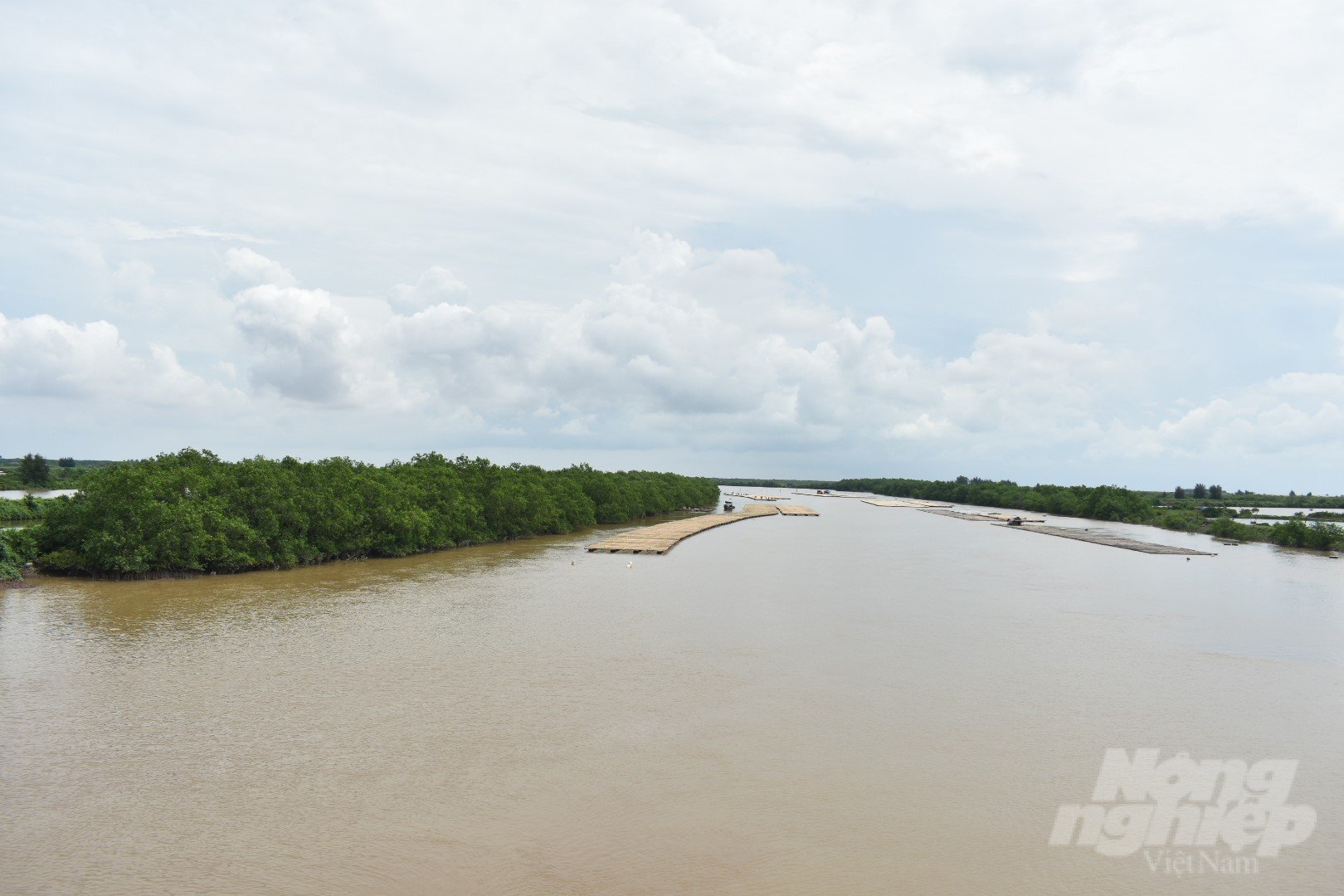
Thai Binh adjusted the area of the special-use forest in Tien Hai district to 1,320 ha, nearly 1/10 of the approved area in 2014. Photo: K.Trung.
Previously, in 2014, this locality approved the project and established a special-use forest in the above-mentioned three communes with an area of 12,500 ha, including mangrove forest, alluvial ground, and wetland. Thus, the area of mangrove forest (also called Tien Hai Wetland Nature Reserve) that has just been adjusted only accounts for nearly 1/10 of the initial size.
Thai Binh also signed Decision No. 600, dated March 28, 2023, approving the adjustment of forest protection and development planning in Thai Binh province for the 2012–2020 period.
Thai Binh cited the foundation of Decisions No. 34 and 38 (2019) of the Provincial People's Committee on promulgating the management planning according to the project "Master Plan on Construction of Thai Binh Economic Zone to 2040, Vision to 2050". However, Decision 731 just announced does not state the purpose of adjusting the scale of Tien Hai Wetland Nature Reserve.
Thus, with the above-mentioned guidelines for adjusting the area of mangrove forest, Tien Hai Wetland Nature Reserve was almost wiped out. This is considered a biodiversity conservation area located in the Red River Delta Biosphere Reserve, including the Northern coastal provinces of Hai Phong, Thai Binh, Nam Dinh, and Ninh Binh.

Tien Hai Wetland Nature Reserve is one of the important core areas of the Red River Delta Biosphere Reserve, a world biosphere reserve in Vietnam. Photo: LT.
According to Decision No. 2159, the conservation area's objective is to preserve the typical wetland ecosystem of the Red River estuary; be an area Vietnam registered in the list of protected areas under the Ramsar Convention and a biosphere reserve; and protect the landscape, aquatic resources, and migratory areas of waterfowls, especially rare and precious migratory waterfowls of national and international importance.
This is one of the important core areas of the Red River Delta Biosphere Reserve, a world biosphere reserve in Vietnam.
In addition to adjusting the area of Tien Hai Wetland Nature Reserve, Thai Binh is also consulting ministries and branches on the project "Nam Phu New Urban Master Plan, Tien Hai district".
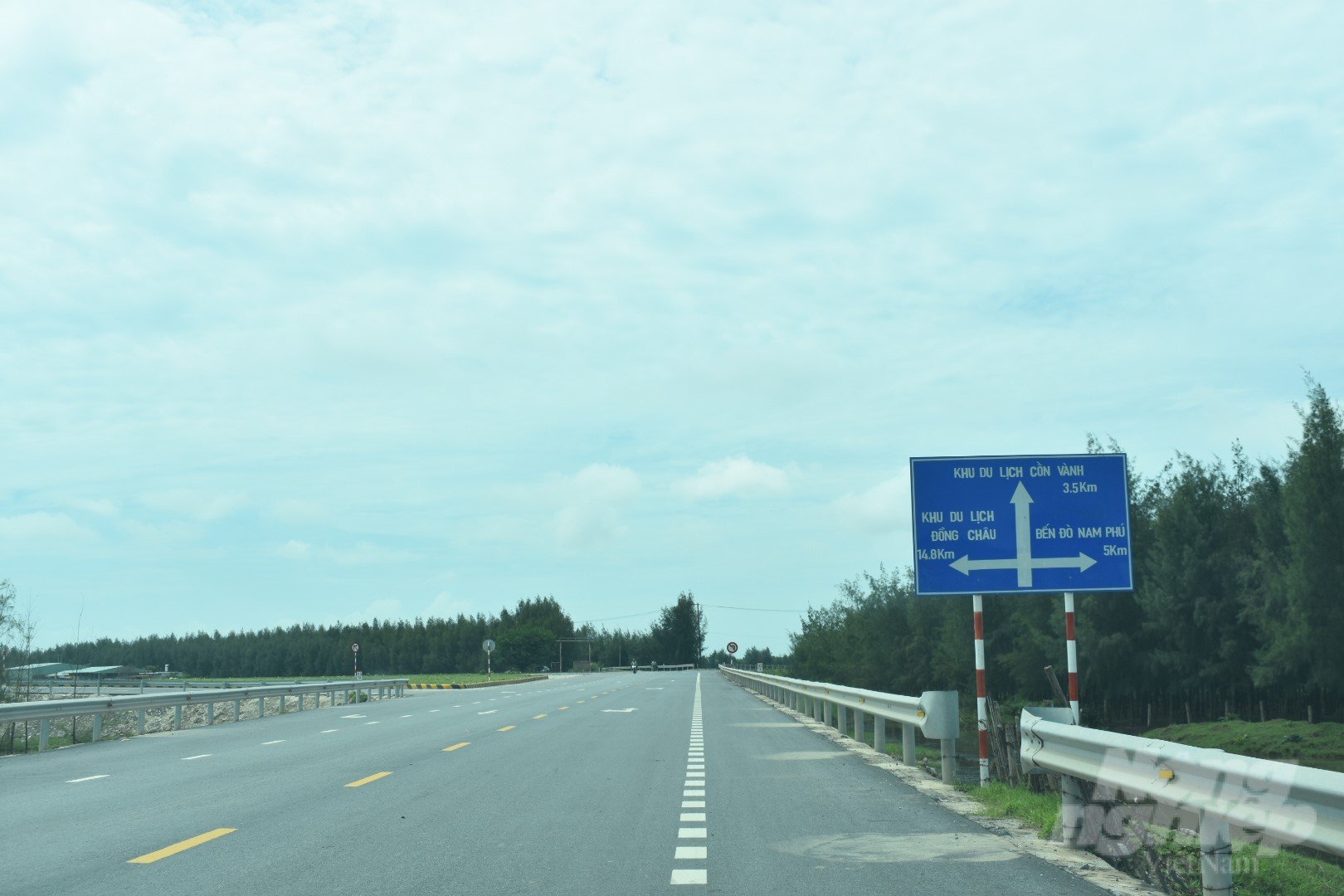
Along with adjusting the area of the special-use forest, Thai Binh approved the Nam Trung urban area construction projects on a scale of more than 3,000ha. Photo: K. Trung.
Specifically, on March 28, the Thai Binh Provincial People's Committee issued Document No. 918 to the Ministry of Construction (MOC) for consultancy on the project “Nam Phu Urban Master Plan, Tien Hai district, Thai Binh province to 2040”.
Recently, MOC issued Official Dispatch No. 1957/BXD-QHKT responding to the Official Dispatch of Thai Binh province. MOC proposed that the Thai Binh Provincial People's Committee review its responsibility in organizing the formulation of the Nam Phu Urban Master Plan according to the provisions of Clause 2, Article 19 of the Law on Urban Planning in 2009; review the planning time limit as prescribed in Clause 3, Article 28 of the Law on Urban Planning in 2009 (the planning time limit for the new urban master plan is 20–25 years).
In August 2020, the Thai Binh Provincial People's Committee approved the project '1/2000 construction subzone planning' (according to Decision 2478/QD-UBND dated August 21, 2020). Accordingly, Thai Binh approved the project to build Con Vanh-Con Thu Urban and Tourist Area with an area of 3,348 ha, an expected population size of about 34,600 people, and five functional subzones, including: a golf course, a casino and 5-star resort hotel, an eco-spiritual tourist area, a thrilling amusement park, and an eco-tourism urban area.
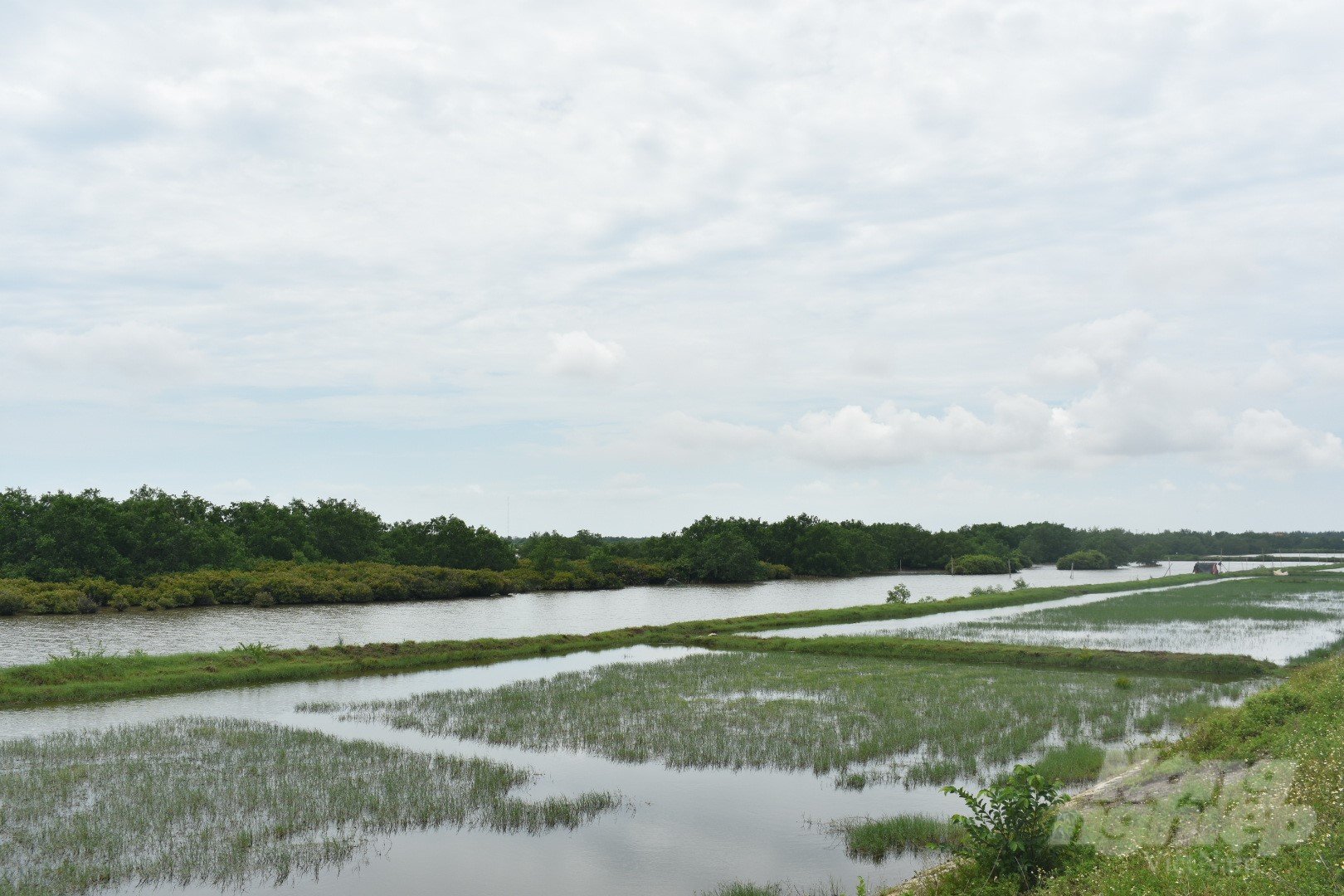
Tien Hai Wetland Nature Reserve, Thai Binh. Photo: K. Trung.
Regarding the conformity with the Master Plan on Construction of Thai Binh Economic Zone and the Thai Binh province planning, MOC said that currently, the Thai Binh Provincial People's Committee is submitting the "Thai Binh province planning in the 2021–2030 period" for appraisal, which has not yet been approved by the authority. The plan to organize the urban and rural systems in the draft provincial planning identifies the Nam Phu urban area as having a population size of about 30,000 people by 2040, an urban type 5.
Therefore, it is recommended to pay attention to ensuring that the urban development orientation in the project is consistent with the urban system development orientation in the content of provincial planning and ensuring the consistency of planning levels.
In addition, at the Con Vanh tourist area, the arrangement of mixed functions of housing and service groups (land plots with symbols B-HH29 and B-HH30) is not consistent with the land use planning in the Master Plan on Construction of Thai Binh Economic Zone that has been approved.
Besides consulting MOC, Thai Binh province has also sent a written request to the Ministry of Planning and Investment, the Ministry of Natural Resources and Environment, etc. to get the comments of these Ministries and branches on the above-mentioned planning.
Tien Hai Wetland Nature Reserve has about 9,000 ha of strictly protected area, 3,500 ha of ecological restoration, and about 1,700 ha of buffer zone. It preserves rich biodiversity values with rare, precious, and internationally important species. The conservation area is alluvial ground of the Red River, which has been accreted and formed mangrove forest.
It is also home to millions of birds. The conservation area now has about 200 bird species, including nearly 160 species of migratory birds and more than 50 species of waterfowl. Many rare and precious species have genetic conservation value and are recorded in the Vietnam Red Book: spoonbill, spoon-billed sandpiper, Tringa guttifer, Chinese egret, grey-headed lapwing, etc.
Plants have more than 100 species, are food for bird species, and have 43 plant types that can make medicine. Fish species in the conservation area are abundant, with over 100 species. A number of species have export value, such as sea bass, cobia, flounders, etc., and 20 species have high economic value: meretrix meretrix, mud clams, sea crabs, sentinel crabs, shrimps, etc., which are great aquatic resources for local people. In addition, there are about 113 species of insects and 37 species of amphibians and reptiles, of which 4 species are rare and precious and need to be preserved and recorded in the Vietnam Red Book.
Translated by Huyen Vu Thu
/2025/05/29/5625-12-214801_567.jpg)
(VAN) Provincial mergers in the Mekong Delta promise to streamline administration, expand inter-provincial raw material areas, and foster close linkages in agricultural value chains, benefiting both businesses and cooperatives.
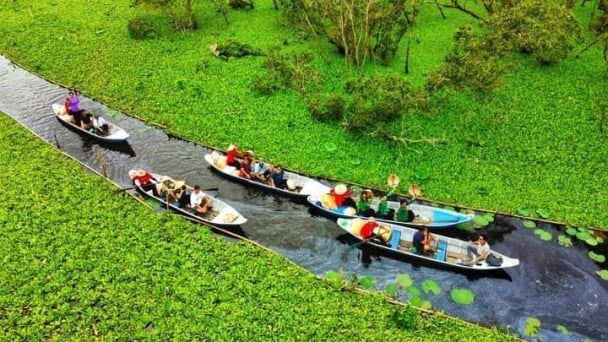
(VAN) Merging Mekong Delta provinces contributes to the expansion of agricultural raw material areas, addressing previous constraints caused by provincial boundaries. Additionally, this expansion will reduce costs and strengthen linkages between businesses, cooperatives, and farmers.
/2025/05/29/1043-2-153730_145.jpg)
(VAN) The Government's policy to merge provincial-level administrative units opens up major opportunities for the Mekong Delta region to reshape its agricultural development strategy toward large-scale production, effective regional linkages, and sustainability.
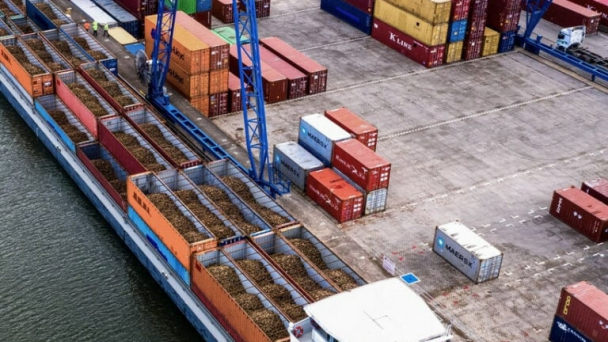
(VAN) The mutual export of agrifood products between the European Union (EU) and the United Kingdom (UK) must occur again without certification, border controls or other red tape. This was agreed at the UK-EU summit.
/2025/05/22/5121-2-173645_677.jpg)
(VAN) NBSAP Tracker identifies strengths and areas for improvement in the National Biodiversity Strategy, based on each region’s priorities and capacities.
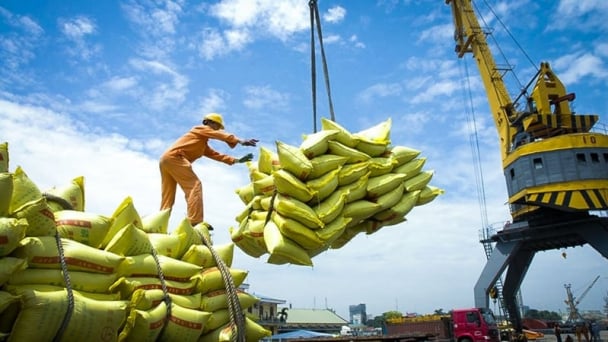
(VAN) The draft amendment to the Circular on rice export trading stipulates a periodic reporting regime for rice exporting enterprises.

(VAN) Dong Thap farmers attained an average profit margin of 64% during the summer-autumn 2024 crop (first season), while An Giang and Kien Giang farmers followed with 56% and 54%, respectively.